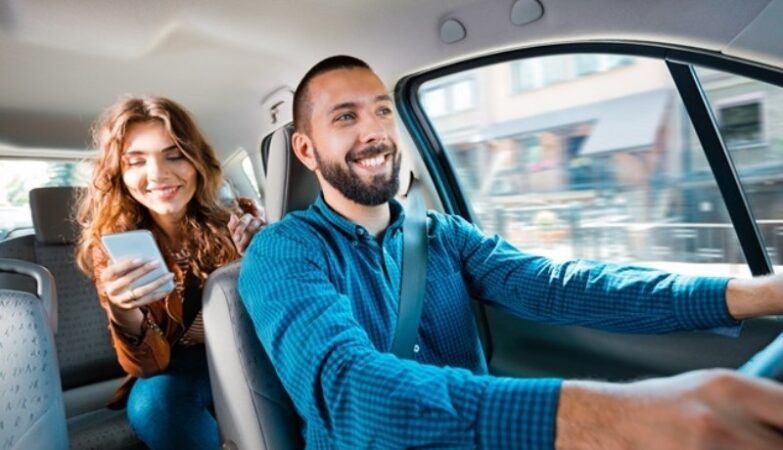Fruit and vegetable juice has grown in popularity as a refreshing beverage during the last 20 years. While it was once normal to drink a glass of orange juice with breakfast, there are now a plethora of strange but delectable concoctions available, both in juicers bars and at the grocery store.
Having the best juicers at home makes it easier to enjoy a wonderful combination of fruit and vegetable extracts. Juicers make it far more practical and cost-effective to obtain your five a day in a more interesting and diverse way than buying pre-made juices from the grocery store, whether you’re just attempting to get your five a day in a more interesting and varied way or starting a juice cleanse to detox. According to Statista, buyers bought 1.49 million juices in 2019.
This is not unexpected given that the average American consumed six gallons of juice in 2018 and that the juice and smoothie bar market was valued at $2.62 billion in 2019, according to Statista statistics.
Read more: Why juicers are so loud?
If you’re thinking about buying a juice extractor to join the millions of people who already own one, or if you’re new to juicing and want to make refreshing juice with the least amount of effort possible, you might be curious about how these kitchen appliances work, what you can do with them, and whether you need one.
Continue reading to learn more about how juicers work. If you’re ready to buy a juicer right now, take a look at these excellent deals for some of the best prices available.
So, how do juicers work?
Juicers slice or grind fruit and vegetables that have been pressed down a chute to remove the liquid. The pulp, which consists of the flesh, pith, and skin, is discarded by the juicer into a separate container as a waste product, leaving behind a smooth, pulp-free beverage.
Some juicers feature filters that can add pulp to your beverage, which is unquestionably beneficial because it contains fibre as well as other vitamins and minerals.
Assume you’re trying to reduce food waste. In such case, there are numerous recipes for using juicer pulp online, like these six scrumptious ones.
Centrifugal and cold press juicers, often known as slow or masticating juicers, are two types of juicers that work in slightly different ways. Can I create citrus juice with a conventional juicer?
Yes, all citrus fruits may be juiced in cold press and centrifugal juicers, but as previously said, you must peel or cut off the skin first. A citrus juicer, on the other hand, might be a great choice if you want to juice a lot of citrus fruits.
Citrus juicers are more efficient at extracting juice from citrus fruits, so you will get more juice from one. Furthermore, you usually only need to cut oranges in half rather than peel them completely. They are less expensive than many centrifugal and cold press juicers and come in manual and electric models.
What exactly is a centrifugal juicer?
In centrifugal juicers, the fruit and vegetable pieces are press against a rapidly rotating strainer, which separates the juice from the pulp using centrifugal force. Centrifugal juicers cut the fruit and vegetables with rotating blades.
Assume you are new to juicing and do not want to invest a lot of money on an extractor. In such situation, centrifugal juicers are the most cost-effective form of juicer on the market. They have large feed chutes that can handle whole fruits like apples without slicing them up beforehand, and they extract juice swiftly.
Because of the high speeds’ tendency to produce a lot of foam on top of the juice, juice yields (the amount of juice extracted) may be lower than with a cold press juicer. Typically, they are unable to extract much juice from leafy leaves such as kale.
What exactly is a cold press juicer?
Cold press or slow juicers gently cut the fruit and vegetables before running the mixture through a filter to collect the juice.
Because it generates very dry pulp and high juice yields, a competent cold press juicer creates substantially less waste than a centrifugal juicer. They create juice with little to no foam and are significantly more successful when it comes to harder-to-juice things like leafy greens.
They are not the most cost-effective solution because they are more expensive than centrifugal juicers. However, if you juice frequently, they progressively make up for the higher cost by producing more juice and producing less trash. Because they have narrower feed tubes, your juice ingredients must be split up before juicing. They are slower and usually necessitate a lot more planning.
Is it necessary to peel fruits and vegetables before juicing them?
Advertisement
Peeling requirements differ based on the juicer, however if you eat the skin, there is no need to peel it. As a result, for fruits like apples and pears, where the skin is commonly consume, there is no need to peel before juicing. Nonetheless, removing the stem is worthwhile, and some juicer manuals advocate removing the core as well. Carrots do not need to be peel, however the tops are usually remove.
Only juice the fruit if you would never eat the skin if you ate the fruit whole. Citrus fruits, melon, and pineapple are just a few examples. The bits you wouldn’t normally eat should not be juice, and the hard, fibrous skins may also hurt your juicer. Remove large stones from fruits like peaches, mangos, and even cherries before putting them in the juicer to avoid damaging it. How do you clean a juicer?
We won’t lie: cleaning a juicer may be difficult. Many juicers have several pieces that make cleaning difficult and time-consuming to assemble and disassemble. If the thought of cleaning is putting you off, look for a juicer with dishwasher-safe parts. To make cleaning easier, many models now include dishwasher-safe parts.








